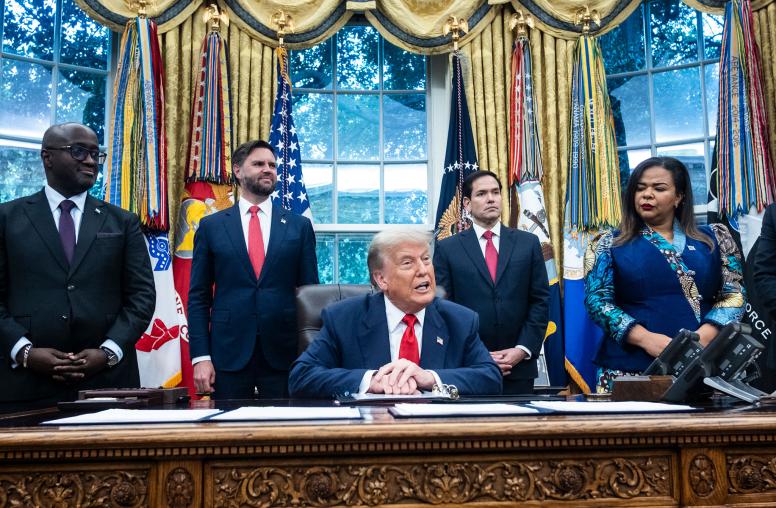Toward a European Institute of Peace
Innovative Peacebuilding or Excessive Bureaucracy?
This Peace Brief follows a series of interviews conducted with senior EU officials and civil society representatives on the role of the European External Action Service in conflict prevention, and the author’s participation in consultations on the feasibility of a European Institute of Peace.
Summary
- The bulk of the European Union’s peacebuilding capacity resides within the European External Action Service or EEAS, a diplomatic corps led by High Representative Catherine Ashton. The EEAS and relevant U.S. civilian agencies face similar challenges and opportunities in their effort to operationalize conflict prevention.
- Several European leaders and members of the European Parliament propose the creation of a European Institute of Peace (EIP) as an innovative and cost-effective approach to enhance Europe’s peacebuilding capacity.
- This European version of the U.S. Institute of Peace (USIP) could practice more flexible diplomatic initiatives by engaging as an independent facilitator or participant in Track 1.5 dialogues, and serve as a knowledge center for training, best practices, and conflict analysis.
- Considering the financial and political climate in Brussels, a EIP is unlikely to materialize in the next two years. Once the economic storm has passed, the creation of an EIP variant appears very likely.
About This Brief
Jonas Claes is a program officer in USIP’s Center for Conflict Management. This Peace Brief follows a series of interviews conducted with senior EU officials and civil society representatives on the role of the European External Action Service in conflict prevention, and Claes’s participation in consultations on the feasibility of a European Institute of Peace.



